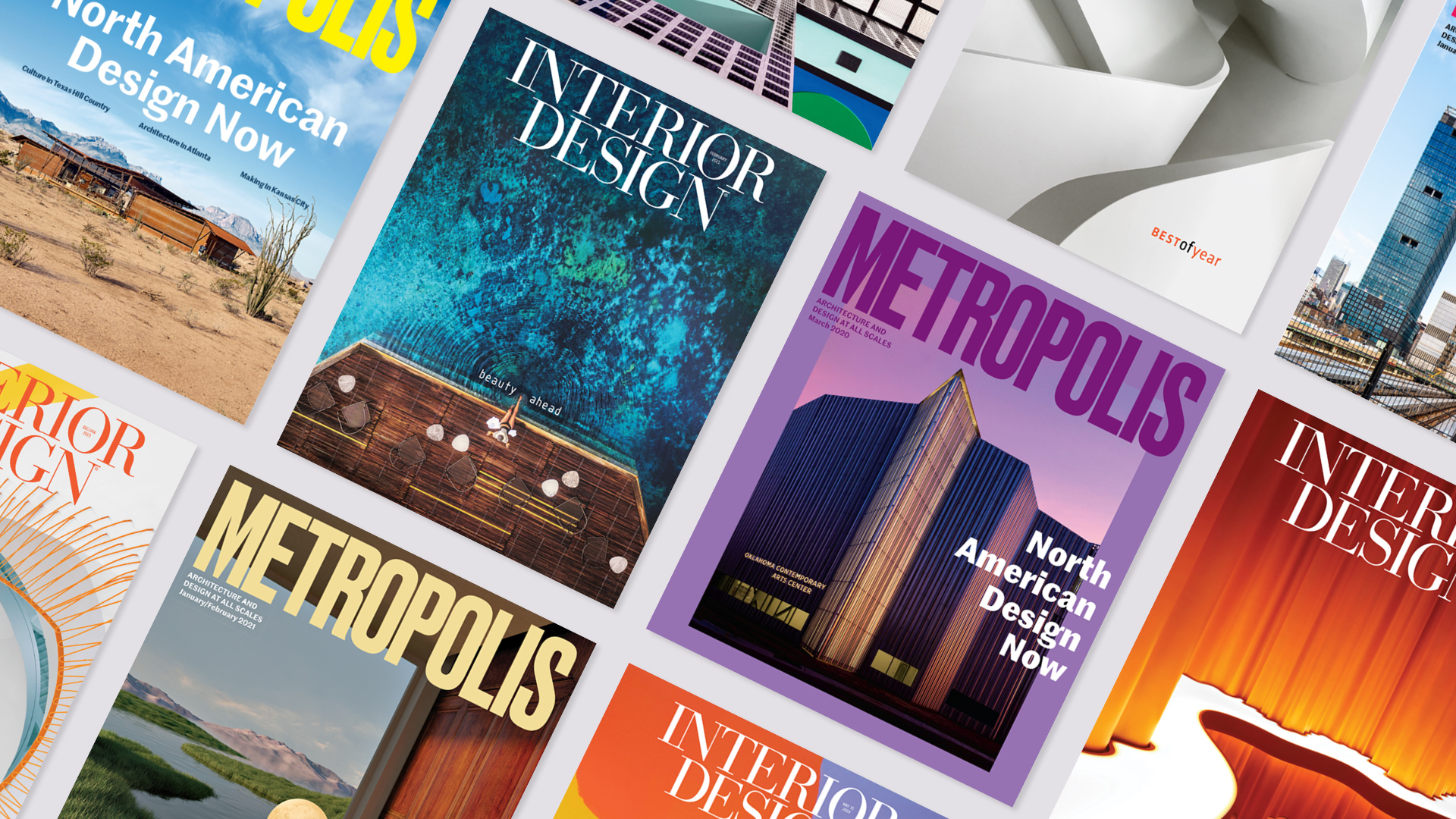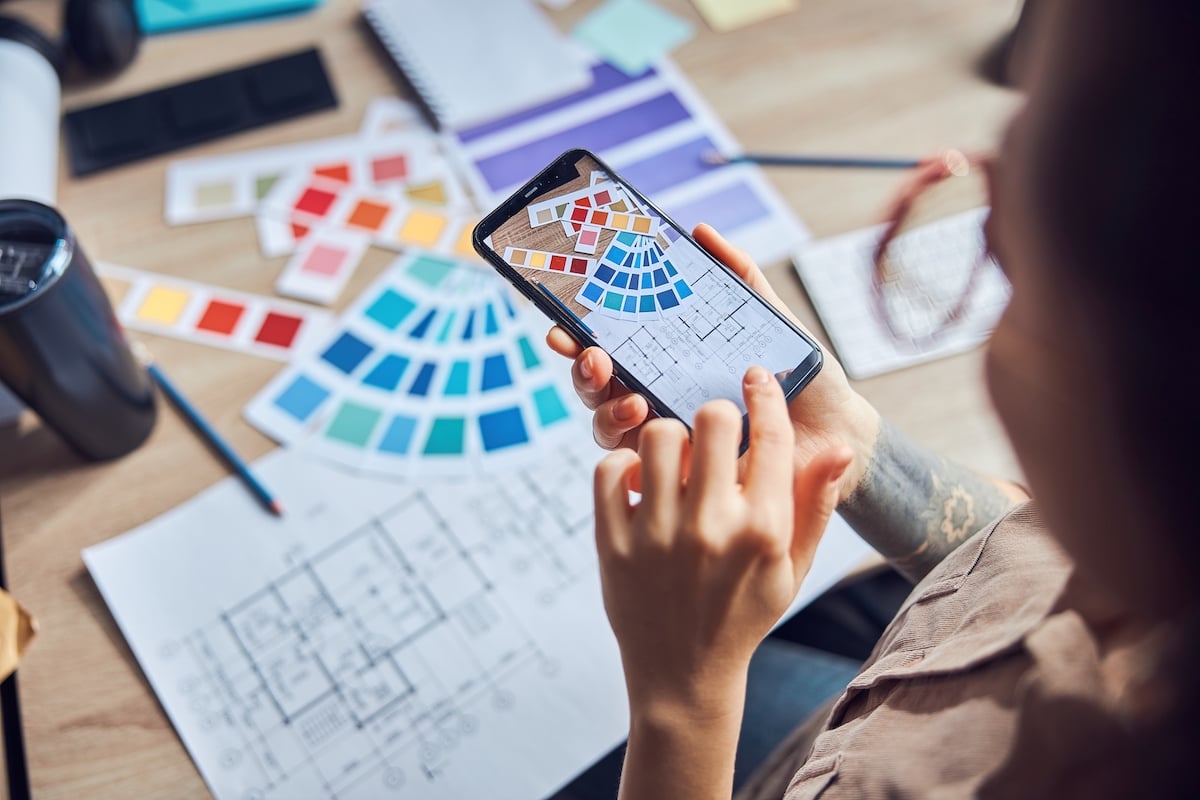
So, you have a great idea. A beautiful interior design project. Or perhaps an insightful point of view. Ever wonder how to get noticed? Well, there are more people who want to get published than there is space to publish everyone, so what can you do to improve your chances?
On ThinkLab’s recent clubhouse session, Amanda Schneider, founder and president of ThinkLab, spoke with editors from three of our SANDOW Design Group media brands and a key design nonprofit organization in New York City about the dos and don'ts of how to get your story noticed in today’s design media landscape. Participants included:
- Annie Block, executive editor at Interior Design magazine
- Pam Jaccarino, founding editor of LUXE magazine
- Avi Rajagopal, editor in chief of Metropolis magazine
- Valerie Hoffman, program director for NYCxDESIGN, a nonprofit committed to empowering and promoting NYC’s diverse design community
Here’s their expert advice on the top do's and don'ts of getting published in design media:
How To Get Published in Design Media
1. DO know your audience.
It may sound obvious, but all our experts agree that the most important factor is a keen understanding of what each particular brand is looking for.
“It’s not enough just to scroll through the terms and conditions,” says Jaccarino. “It’s critical to understand the details, style, and voice of the publication. If you read our magazine, you can tell that our pieces have a strong emotional connection to space. It’s not just pretty—it has to have a relationship to the location and environment.”
Sometimes, the clue is the name, like LUXE, that should be inspiring and have something important to say.
“We are a regional magazine, so what we look for has to be of significance to that region,” Jaccarino continues. “It is vital that a pitch is relevant to our annual focus topics and geographies we represent.”
Doing your homework to understand the mission and ethos of the publication is one of the top ways to stand out.
2. DO get connected.
“It can feel daunting, but you have to make that connection,” says Block. “Get on Instagram, set up a time for a coffee, or reach out on any one of the social channels. Don’t just cold call.”
With so many digital platforms today, finding the right contact’s name, email address, or even a mutual connection is more accessible than ever. And as in-person events start to open up slowly in 2021, face-to-face events and meet-ups are becoming available again as a way of starting the conversation.
3. DO tell a compelling (but succinct) story.
Top industry publications have strong integrity in what they are willing to publish. It’s key that your story holds the same values.
When asked about one of the best pitches he’s received, Rajagopal remembers: “It was a story about an exhibit in Italy. They had originally asked if it could appear on the website, but the pitch was so good that we were able to make multiple connections with our existing issue and it eventually became a two-page print feature.”
Metropolis magazine was founded to respond to the “why” of design. Their mission is to provoke their readers and consider what design could be like in the future. So, if you want to be considered, make sure the core of your story fits the bill.
“If the idea is good enough, we’re willing to go the extra mile to help with graphics or to support the story come to life,” says Rajagopal. “But it has to be a really good idea.”
4. DO consider all the channels.
Do your due diligence and check all the available channels. “Even though we focus on New York City in most of our work, our annual Design Week event focuses on the global design community,” says Hoffman. “We have a lot of channels and different voices that you can pitch to, such as a podcast (listen here to The Mic), events, awards, and blogs. Get to know what we do and all the different ways we construct our brand.”
Events (both in person where possible and via online submissions) are a great way to get in front of editors AND your target audience. The Red Awards, Best of Year, and NYCxDESIGN‘s events are just a few that are open right now. Make sure you know the guidelines and requirements before getting those submissions in.
5. DO get on the schedule.
While the editors all agree that this is not a deal breaker, it is incredibly helpful to be familiar with the editorial calendar. “Usually these can be found in the media kit section of the website,” says Rajagopal. “But it’s also worth noting that these print publications work months in advance, so make sure you know what is in development and work with that. It’s no use to pitch something that has already gone to print.”
It’s a great way to keep the conversation concise and clear with the editor.
“We appreciate the thoughtfulness of someone who pitches a story in context of the work we’re already doing,” says Block.
6. DO make it easy.
“Editors get hundreds of emails a day, so there’s lots of value in making our jobs easier,” says Block. “Make sure your Dropbox links work. Don’t overwhelm [them] with image files—four or five are enough. Whatever you can do to make it easier to understand your pitch is going to go a long way.”
Hoffman emphasizes keeping things succinct and easy to understand. You’re often pitching to small teams with fierce competition, so a submission that can get the point across efficiently is definitely one that will get the right attention.
7. DO be up front and transparent.
Once the conversation gets going, make sure to have the details buttoned up. For example, if there is no budget for professional photography, let the editors know so a mutually beneficial solution can be found. It’s much easier to know this at the outset rather than finding out later down the line.
“We’ve had this happen to us before, where we’ve done a lot of work on a project and almost got it to the finish line only to find out that the homeowner did not give permission for their home to be photographed,” says Jaccarino. “Then it just becomes a huge problem for us.”
A big sigh of relief for editors is when everyone knows exactly what they’re working with.
What NOT to do When Pitching to Design Media
1. DON'T send generic pitches.
“It’s surprising how many pitches we get for our ‘gift program,’” says Block. “In all my years at Interior Design, I’ve never been aware of such a program, so it’s clear that these are not customized pitches.” These non-targeted emails can get you attention in all the wrong ways.
2. DON'T play a numbers game.
It’s likely that edit teams work very closely together to review new pitches. Emailing multiple editors on the same team can confuse things and create double work. It’s best to include everyone in the conversation or be transparent about who else on the team you are communicating with.
3. DON'T recycle too much.
Even for publications that are not solely focused on trends, it’s necessary to pitch new material. “We really promote innovative and new design,” says Hoffman. “We are definitely looking for stories that are forward thinking and consistent with that messaging.”
There’s huge value in keeping things efficient and succinct, but focus on what the editors appreciate the most: provocative ideas and great storytelling. Their goal, and what yours should be, too, is to bring stories to life and create a compelling issue for their readers.
Rajagopal encourages aspiring content creators to be patient and to keep submitting. “It doesn't matter if you are a student or if you have never been published before—there is a platform for you,” says Rajagopal. “If the story is good, we will be interested in starting the conversation.”
For more information on upcoming editorial calendars, please visit and get in touch with Interior Design, Metropolis, LUXE, and NYCxDESIGN (office@nycxdesign.com).
Anna Lu is the project manager at ThinkLab, where we combine SANDOW Media’s incredible reach to the architecture and design community through brands like Interior Design Media, Metropolis, Luxe, and Material Bank with proven market research techniques to uncover relevant trends and opportunities for the design industry. Join in to explore what’s next at thinklab.design/join-in.


.jpg)
